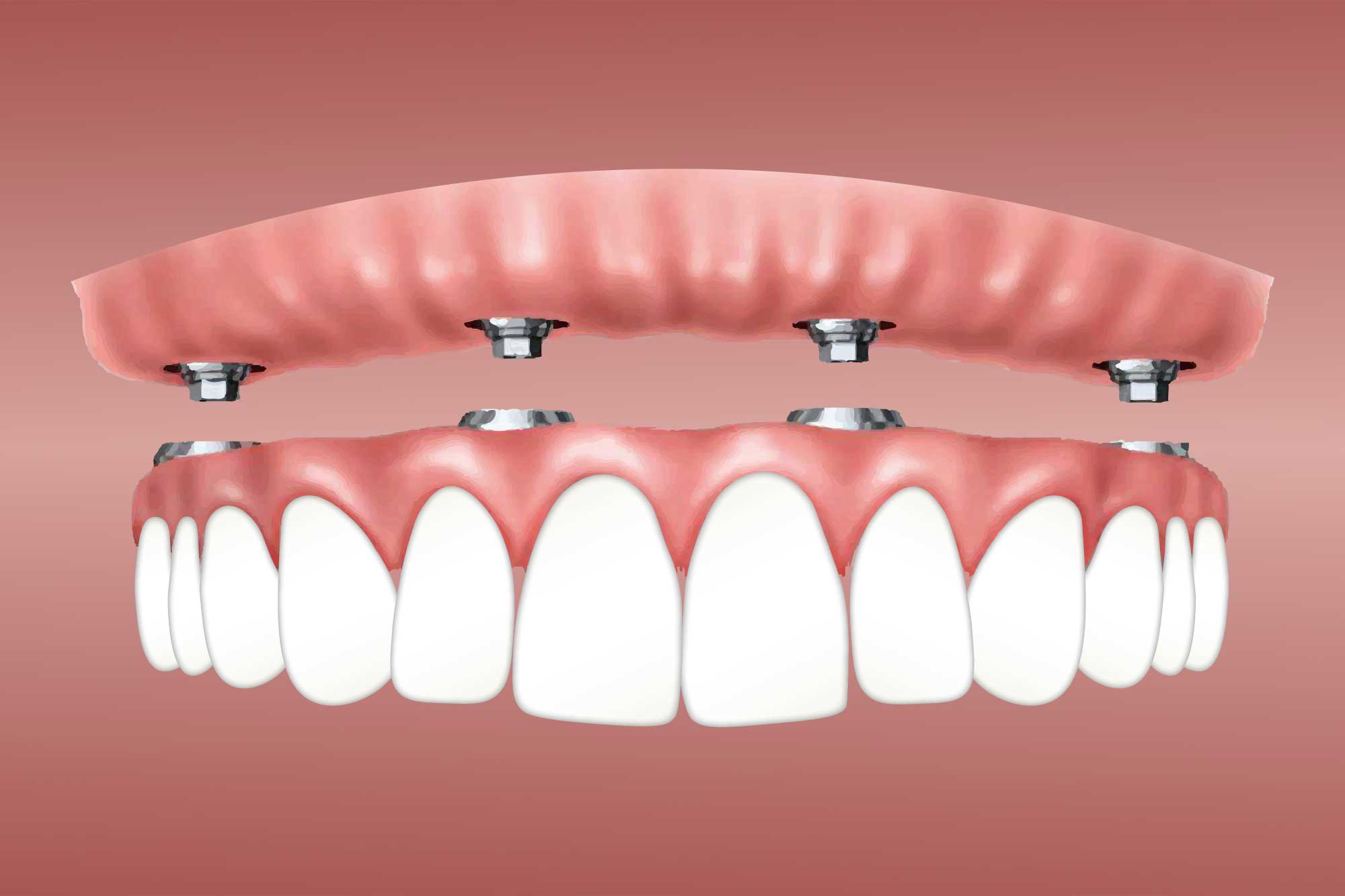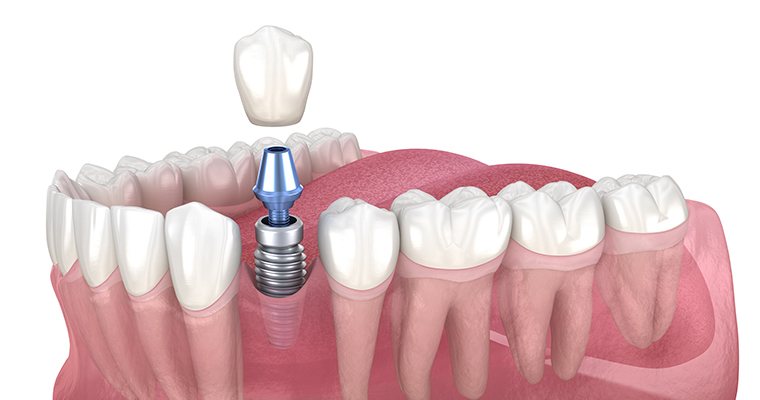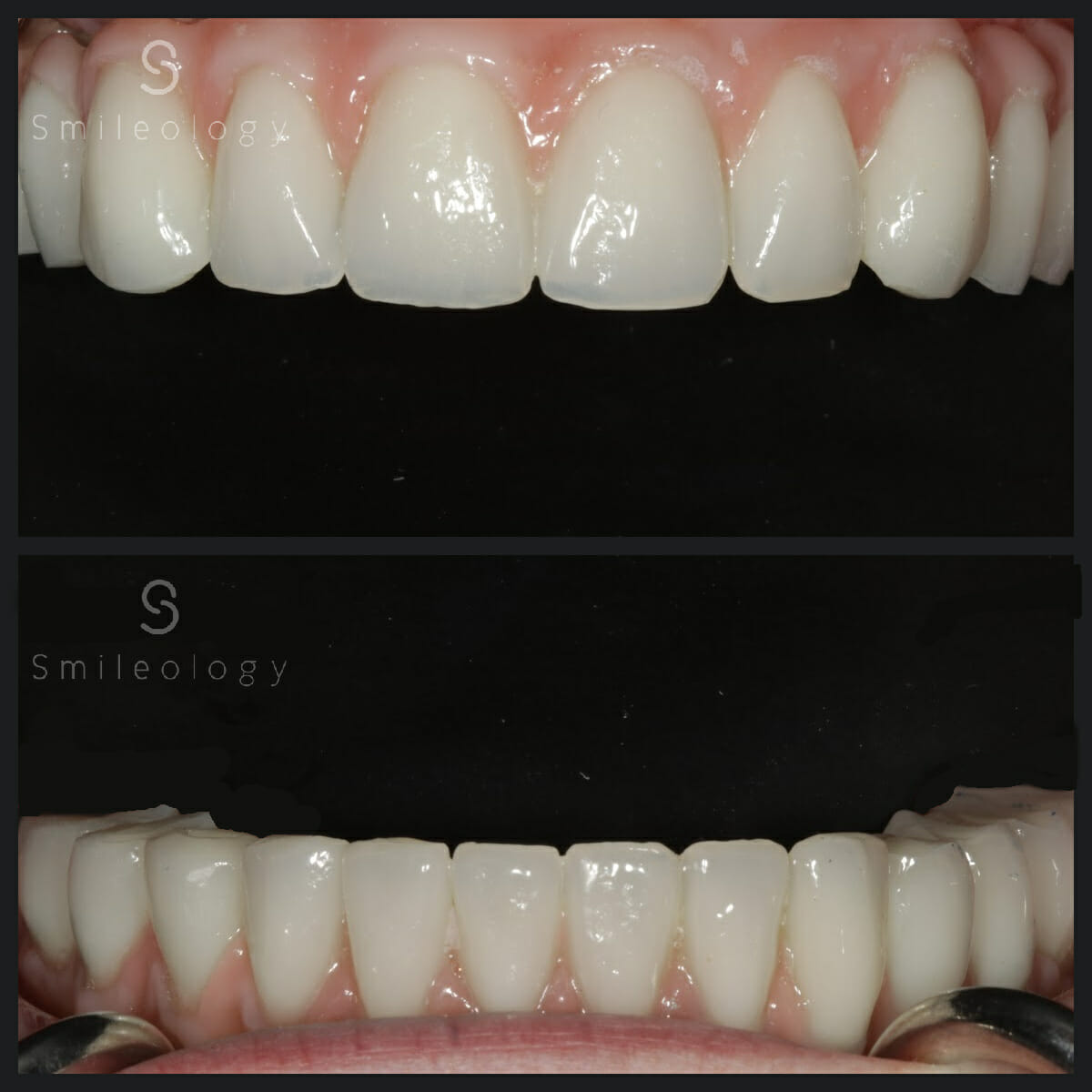Experience Top Quality Dental Implants Kent: Improve Your Confidence
Experience the most up to date Advancements in Oral Implants Innovation
As the area of dental care continues to evolve, the advancements in oral implant innovation have been nothing short of amazing. The combination of technology is revolutionizing the functionality of oral implants, guaranteeing improved end results and client contentment.
Advanced Materials for Boosted Sturdiness
In the realm of dental implants technology, the assimilation of sophisticated products has dramatically added to enhancing toughness and durability of these critical dental prosthetics. The application of materials such as titanium alloys, zirconia, and ceramic substances has actually reinvented the area by using increased resistance, biocompatibility, and toughness to rust.
Titanium alloys are extensively utilized in oral implants due to their phenomenal strength-to-weight proportion, deterioration resistance, and compatibility with the human body. These alloys ensure the stability and longevity of the dental implant by enduring the forces put in throughout eating and talking, giving a trusted service for individuals looking for durable tooth replacements.
Zirconia, a kind of ceramic material, has actually gained popularity for its biocompatibility and all-natural tooth-like appearance. Its high toughness and resistance to wear make it an ideal option for oral crowns and bridges, enhancing the total appearances and performance of the dental implant.

Digital Imaging for Specific Positioning
The advancement of dental implants technology has additionally advanced with the combination of digital imaging strategies, making sure specific placement of these prosthetics for optimal practical and visual outcomes. Digital imaging plays a crucial role in the preparation and positioning of oral implants by giving detailed 3D pictures of the patient's jawbone structure. This technology allows dental professionals to examine bone density, locate important frameworks, and plan the precise position and angle for dental implant positioning with exceptional precision.
By utilizing digital imaging, dental experts can develop online surgical overviews that act as a roadmap during the dental implant positioning treatment. These overviews are customized for each person, thinking about their one-of-a-kind composition and the preferred end result. This level of accuracy not just improves the success rate of oral implant treatments but also reduces the danger of problems.
In addition, electronic imaging enables dentists to envision the last prosthetic remediation before the actual positioning of implants, enabling careful planning and ensuring that the result meets the client's visual expectations. In general, the combination of digital imaging technology has actually transformed the area of dental implants, offering clients an extra predictable, effective, and patient-specific therapy method.

Minimally Invasive Surgical Techniques


Innovations in medical strategies have resulted in the growth of minimally intrusive techniques in the area of oral implantology. These methods intend to decrease injury to the person, reduce recuperation times, and improve general treatment outcomes. Minimally intrusive operations involve smaller lacerations, specialized tools, and advanced imaging technologies to specifically position oral implants with marginal disruption to bordering tissues.
One key aspect of minimally intrusive techniques is making use of assisted surgical treatment, where 3D imaging and computer-aided style software program are utilized to prepare the implant placement with terrific precision. This enables a much more predictable outcome and can typically eliminate the need for comprehensive flap surgical treatment.
In addition, developments in products and dental implant design have actually additionally contributed to the success of minimally intrusive approaches. Implants with boosted surface area buildings promote much faster osseointegration, minimizing the healing time needed prior to the prosthetic reconstruction can be placed.
3D Printing for Personalized Solutions
Using 3D printing innovation in oral implantology enables the production of extremely customized services tailored to private client Visit Your URL demands and anatomical variants. This advanced innovation allows dental experts to make and fabricate dental implants with remarkable precision and precision. By making use of electronic imaging methods, such as cone beam of light computed tomography (CBCT), thorough 3D versions of the person's mouth can be created to assist the dental implant planning process.
One of the key advantages of 3D printing in dental implantology is the ability to develop patient-specific implants that flawlessly fit the unique makeup of each person. This individualized approach aids enhance the general success and long life of the dental implant by guaranteeing ideal fit and positioning. In addition, 3D printing permits the production of complex geometries and elaborate structures that would be impossible or difficult to achieve making use of traditional manufacturing methods.
Additionally, 3D printing modern technology enables dental experts to enhance the implantation procedure, decreasing surgical treatment time and Discover More Here enhancing overall patient experience. With its ability to develop tailored remedies swiftly and effectively, 3D printing is transforming the area of oral implantology, offering individuals ingenious treatment options and enhanced results.
Integrated Technology for Improved Functionality
Executing cutting-edge technology in dental implantology enhances functionality and precision, raising the requirement of care for patients undertaking implant treatments. Integrated technology plays an essential role in enhancing the overall success and see durability of oral implants.
Moreover, the integration of computer-aided style and computer-aided manufacturing (CAD/CAM) innovation makes it possible for the creation of custom-made implant repairs with extraordinary precision. CAD/CAM systems make use of digital impressions to make prosthetics that flawlessly fit the person's one-of-a-kind anatomy, guaranteeing optimal comfort and functionality. Furthermore, using robotic-assisted surgery in dental implant placement boosts precision and lessens the risk of human error.
Verdict
In conclusion, the most recent technologies in oral implants innovation offer boosted resilience via advanced materials, specific positioning with digital imaging, minimally invasive medical strategies, customized services with 3D printing, and improved functionality with integrated technology - Dental implants Kent. These developments in oral implants innovation are reinventing the field and providing patients with even more efficient and effective treatment options for recovering their smiles and dental health and wellness
The integration of modern technology is reinventing the functionality of dental implants, promising enhanced results and individual fulfillment.
The evolution of oral implants innovation has even more advanced with the combination of digital imaging techniques, making certain specific positioning of these prosthetics for optimal functional and visual end results. Minimally intrusive medical treatments entail smaller lacerations, specialized instruments, and progressed imaging modern technologies to specifically position oral implants with marginal disturbance to bordering cells.
Implementing innovative innovation in oral implantology improves capability and accuracy, boosting the standard of treatment for people going through implant treatments. Dental implants Kent. Integrated modern technology plays an essential duty in improving the general success and resilience of dental implants